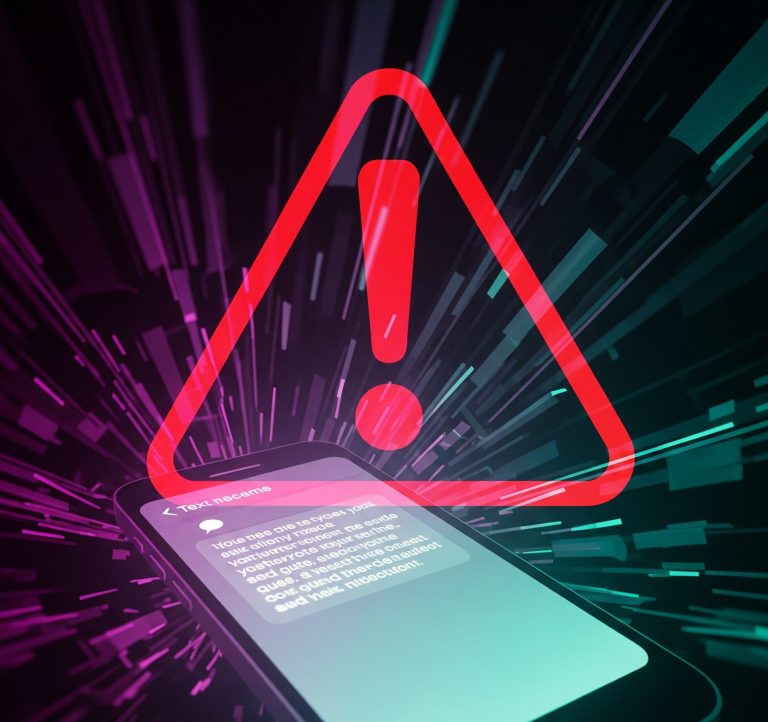In an increasingly digital world, our phones are constantly buzzing with notifications, alerts, and, of course, text messages. Among the myriad of numbers that might pop up on your screen, one that has gained attention and raised questions for many Americans is the 71577 text message. If you’ve ever received a text from this number and wondered about its legitimacy, purpose, or what you should do, you’re not alone. This article aims to demystify the 71577 text message and provide clarity for a U.S. audience.
Contents
What is the 71577 Text Message?
The 71577 text message is primarily associated with legitimate notifications from various financial institutions, particularly credit card companies and banks. These messages are typically alerts designed to keep you informed about activity on your accounts. This proactive communication helps in fraud prevention and provides real-time updates on your financial dealings.
Common Reasons You Might Receive a 71577 Text Message
There are several scenarios where you might receive a 71577 text message:
- Fraud Alerts: This is arguably the most common and crucial reason. If your bank or credit card company detects suspicious activity on your account, such as an unusual purchase, a transaction in a foreign country, or a large withdrawal, they may send a 71577 text message to verify the transaction. This is a vital security measure to protect your finances.
- Account Activity Alerts: You might have opted in for alerts regarding general account activity. This could include notifications about large deposits, withdrawals exceeding a certain amount, or even low balance warnings.
- Payment Reminders: Some financial institutions use this service to send reminders about upcoming payment due dates for credit cards, loans, or other accounts.
- Security Code Verification (MFA/2FA): When you try to log in to your online banking portal or make a significant change to your account, the bank might send a one-time passcode (OTP) or a verification code to your phone via a 71577 text message as part of their multi-factor authentication (MFA) or two-factor authentication (2FA) process.
- Promotional Offers (Less Common): While less frequent, some financial institutions might occasionally use this number for legitimate, consented promotional offers related to your existing accounts.
Is the 71577 Text Message Legitimate?
In most cases, yes, the 71577 text message is legitimate. It is widely used by reputable financial institutions to communicate important information to their customers. However, like with any digital communication, vigilance is key. Scammers often try to impersonate legitimate organizations, so it’s essential to know how to differentiate a genuine message from a fraudulent one.
Identifying a Legitimate 71577 Text Message
- Generic vs. Specific: Legitimate messages will often contain specific details about your account or the transaction in question, without asking for sensitive information directly in the text. They might reference the last four digits of your card or a specific transaction amount.
- No Requests for Personal Information: A genuine 71577 text message from your bank will never ask you to reply with your full credit card number, Social Security number, password, or PIN. If a message asks for this information, it’s a scam.
- Links to Official Websites: If the message contains a link, ensure it directs you to your bank’s official website. Be wary of shortened links or URLs that look slightly off. It’s always safer to manually type in your bank’s website address into your browser rather than clicking a link in a text message.
- Context: Does the message make sense given your recent activities? If you just made a large purchase, a fraud alert confirming that purchase is likely legitimate.
- Unsolicited Offers: Be cautious of unsolicited offers that seem too good to be true, even if they appear to come from this number. Always verify directly with your bank.

What to Do If You Receive a 71577 Text Message
Your response to a 71577 text message depends on its content and your verification of its legitimacy.
If It’s a Legitimate Fraud Alert:
- Respond as Instructed: Many fraud alerts will ask you to reply with “YES” or “NO” to confirm or deny a transaction. If you recognize the transaction, reply “YES.” If you don’t, reply “NO.”
- Contact Your Bank Directly: If you’re unsure or prefer to speak with someone, use the official phone number on the back of your credit card or your bank’s official website to contact them directly. Do not use a phone number provided in the text message unless you have verified it through official channels.
If You Suspect It’s a Scam:
- Do Not Click Links: Avoid clicking on any links in the message.
- Do Not Reply: Do not respond to the message, even with “STOP.” Replying can sometimes confirm to scammers that your number is active.
- Delete the Message: Remove the message from your phone.
- Block the Number: Consider blocking the sender’s number to prevent future unwanted messages.
- Report It: You can report suspected spam texts to your mobile carrier by forwarding the message to 7726 (SPAM).
- Inform Your Bank: If the scam attempts to impersonate your bank, it’s a good idea to report it to your bank’s fraud department so they can be aware of the ongoing phishing attempts.
Protecting Yourself from Text Message Scams
Beyond the 71577 text message, here are general tips to protect yourself from text message scams:
- Be Skeptical: Approach any unexpected text message with a healthy dose of skepticism, especially if it asks for personal information or urgent action.
- Verify the Sender: Always try to independently verify the sender of any suspicious message.
- Use Strong, Unique Passwords: Use strong, unique passwords for all your online accounts, especially financial ones.
- Enable Multi-Factor Authentication (MFA): Wherever possible, enable MFA on your accounts. This adds an extra layer of security.
- Keep Your Software Updated: Ensure your phone’s operating system and apps are always up to date.
- Monitor Your Accounts Regularly: Routinely check your bank and credit card statements for any unauthorized transactions.
conclusion
The 71577 text message is a common and usually legitimate tool used by financial institutions to communicate with their customers. By understanding its purpose and being aware of the signs of a scam, you can confidently manage these messages and protect your financial well-being in the digital age. Always remember, when in doubt, it’s best to contact your bank directly through their official channels.







